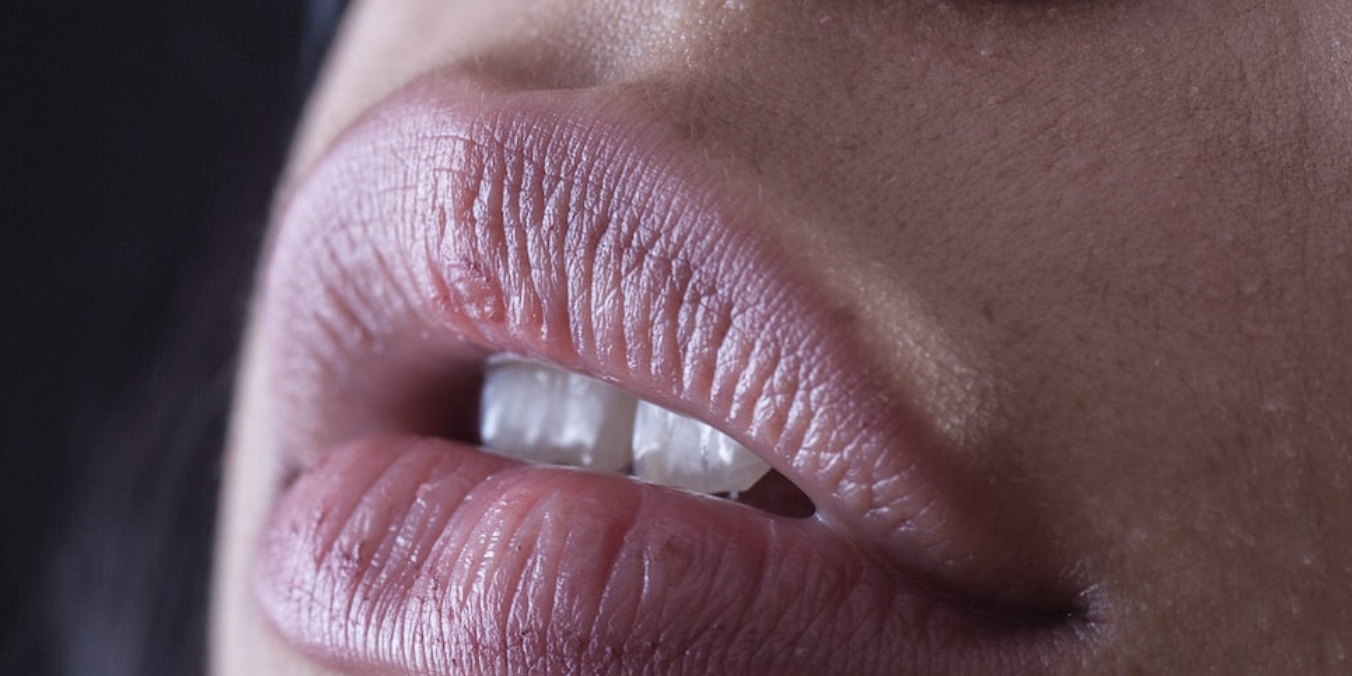Swelling and bruising are common side effects of lip fillers. Swelling is an inflammatory response in your body that makes it look like you’ve had a boxing match. Bruising, on the other hand, is the discoloration of your skin caused by broken blood vessels underneath. It appears as splotches and might be purple or blue depending on where you’re looking. Both are temporary side effects that go away after a few days to a week, but they can be uncomfortable while they last. If you’re wondering how long swelling from lip filler lasts and what you can do to ease the pain, read on!
What causes swelling after lip filler?
Swelling after lip filler is an inflammatory response triggered by your body when it’s trying to heal from the procedure. It’s the same type of swelling you’ll get if you have an insect bite or sunburn, or even if you sprain your ankle. It’s normal and nothing to be alarmed about. Swelling after lip filler is typically at its worst 24 to 48 hours after your treatment, though it can last a few days to a week. It’s a good idea to keep your lips as rested as possible after filler injections since lying down with your mouth open can worsen the swelling. Try to lie on your back or side with your mouth closed while you sleep, take frequent breaks from talking, and avoid hot foods and beverages.
How long does swelling last after lip filler?
As mentioned, swelling after lip filler is typically at its worst 24 to 48 hours after your treatment. It might be helpful to keep a written record of your swelling. It’s also important to remember that everybody’s different, so it’s difficult to predict how long it’ll last. Some people experience little to no swelling after lip injections while others get a little more. A common misconception is that the more swelling you experience, the more filler you received. This simply isn’t true. Swelling after lip injections is due to inflammation—not the amount of filler used. You might also experience some numbness around your lips after lip fillers. This will subside on its own and isn’t a cause for concern.
Ways to soothe swelling after lip filler
Keep an ice pack nearby and apply it to your lips for 15 to 20 minutes every hour or so to ease the swelling. Drink plenty of water (at least 8 glasses a day) to stay hydrated and flush out any toxins in your system. Try a cold compress on your face. A cold compress will help to bring down the inflammation and reduce the amount of swelling you experience. You can also try a frozen BAKER’S BRICK. Place it in a plastic bag and lay it on your face for 10 to 15 minutes. You can apply a lip balm to your lips throughout the day to keep them moisturized and bacteria-free while they heal. You can also use an antibacterial ointment like neosporin.
When can you see the end result of lip filler?
You can expect swelling after lip filler to subside after a few days to a week. However, the end result of your lip filler will be visible right away. You’ll likely see a difference in the fullness of your lips right after your treatment. You’ll likely see a full, plump result around the 7-day mark, but everybody is different. Some people might see the full effect of their lip filler sooner while others might see it later. Depending on the amount of filler used, you might have to come back for a top-up treatment. Lip fillers have a success rate of 85-90%, which means some people might have to get a touch-up to achieve their desired look.
Conclusion
Swelling after lip filler should subside within a week. If it lasts longer, you may have an infection that requires medical attention. It’s important to follow the aftercare instructions given to you by your practitioner to avoid infection and the appearance of uneven lips. It may take a few treatment sessions to achieve the desired look from lip fillers, but it’s worth it!
DISCLAIMER: This is not medical advice. Please use lip fillers at your own risk and always consult with your physician.

